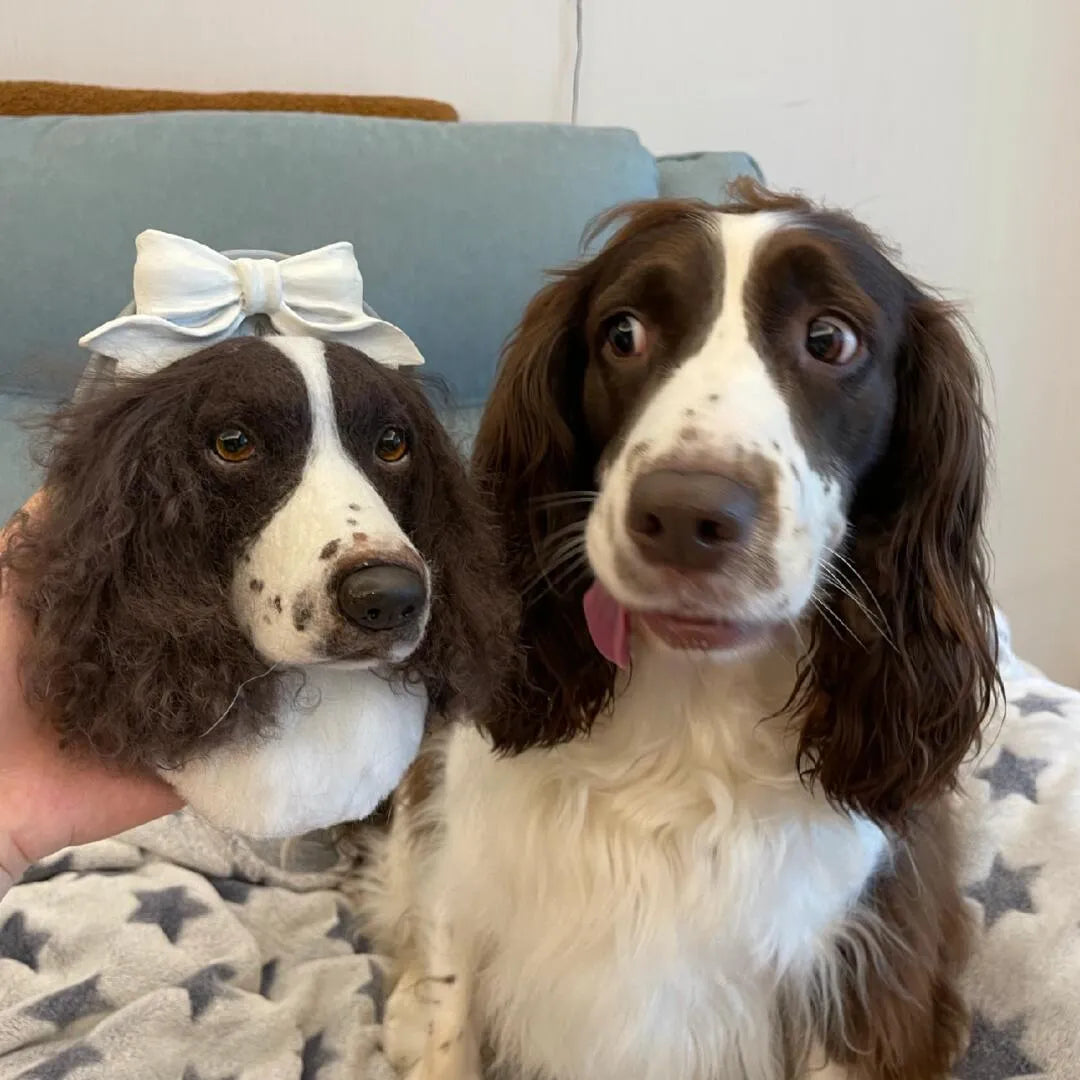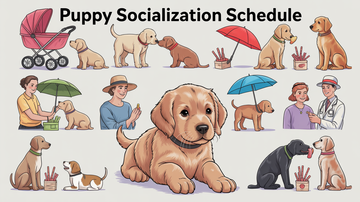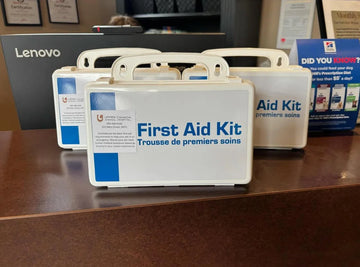A practical, compassionate rulebook for every life stage—clear steps you can follow today, with easy “rules” like the 7-second test, 3-3-3 adjustment, and 2-week shutdown.

- Before You Bring a Puppy Home (Breeder & Birth)
- 0–8 Weeks: Neonatal & Weaning Rules
- 8–16 Weeks: Socialization Rules
- Beginner Rules (7-second, 3-3-3, 7-7-7, 2-week shutdown, time sense)
- 4–18 Months: Adolescence Rules
- Adult Dogs: Daily Life Rules
- Senior Dogs: Comfort & Prevention Rules
- End-of-Life: Dignity, Memory & Healing
- Quick Checklists & Schedules
- FAQ (10+ common questions)
Before You Bring a Puppy Home (Breeder & Birth)

Rules
- Choose ethical sources only. Prefer reputable breeders, breed-rescue, or shelters that prioritize health testing, early handling, and stable temperaments.
- Ask for early-life records. Birth date, litter size, dam/sire health tests, parasite control, starter vaccinations, and weight tracking.
- Plan for transition. Puppy-safe area, crate & playpen, chew rotation, vet appointment within 48–72 hours of arrival.
Why this matters
Good starts reduce fear, resource guarding, and medical surprises later. Puppies leaving the litter too early may struggle with bite inhibition and frustration tolerance.
0–8 Weeks: Neonatal & Weaning Rules

- Rule 1 — Let them grow with mother & litter. Puppies generally should remain with littermates until ~8 weeks; they learn bite control and dog-to-dog etiquette.
- Rule 2 — Gentle handling, short & sweet. Brief daily handling sessions build resilience without overwhelming the senses.
- Rule 3 — Early health checks. Parasite control and breeder-directed veterinary checks set a safer foundation.
Tip: Ask for videos of the puppy encountering soft household sounds (washer, TV) to confirm calm exposure was started.
Beginner Rules at a Glance
Easy-to-remember guides that help new guardians make safer, calmer choices as dogs settle into a new home.
7-Second Rule (Paw Heat Test)
Press the back of your hand to the pavement for ~7 seconds. If it’s uncomfortable for you, it’s too hot for your dog’s paws. Choose grass, booties, or cooler hours. Heat safety
- Use on dark asphalt and artificial turf during warm months.
- Remember: ground can be far hotter than air temperature.
3-3-3 Rule (Adoption Adjustment)
| Phase | What to expect | Your focus |
|---|---|---|
| First 3 days | Overwhelm; extra sleep; possible accidents | Quiet routine, safe space, minimal visitors |
| First 3 weeks | Begins learning household rules | Reward basics; predictable schedule |
| First 3 months | Feels at home; true personality | Consistent training; gentle socialization |
2-Week Shutdown (Decompression)
For newly adopted/foster dogs: a short, low-stimulus period—limited guests, short calm walks, slow intros to people/pets. Goal: lower stress hormones so bonding and learning can begin.
- Keep a simple, repeatable daily routine.
- Observe, don’t test. Reward calm choices.
7-7-7 Rule (Two Uses)
- Three 7-day phases: Week 1 settle & observe → Week 2 teach routines → Week 3 expand outings.
- Puppy “Rule of Sevens”: By ~7 weeks, sample 7 surfaces, 7 locations, 7 people, etc. Keep it positive—never force.
How Long Does 1 Hour “Feel” to a Dog?
There’s no true conversion. Dogs track patterns and cues (circadian rhythm, smells, routine). Build alone-time gradually with food puzzles; keep departures and returns calm.
- Start with minutes, not hours; increase slowly.
- Log progress and watch for stress signs.
4–18 Months: Adolescence Rules
- Protect recall & calm. Teens test boundaries; use long-lines, short sessions, big paydays for coming when called.
- Chew & dig outlets. Rotate safe chews; legal dig zones or scatter-feeding reduce mischief.
- Mind hormones. Reactivity can spike—keep distance from triggers, protect rest.
- Fear-free care. Continue cooperative care for vet and grooming.
Adult Dogs: Daily Life Rules
- Enrichment is non-negotiable. Sniffaris, puzzle feeders, and breed-appropriate jobs (tracking, scentwork).
- Train small, often. 3–5 minute micro-sessions: recall, settle on mat, loose-leash.
- Vet partnership. Annual exams, dental plan, parasite prevention, boosters per risk.
- Pain checks. Address limps or reluctance to jump early with your vet.
Home Safety Mini-Checklist
- Secure trash, meds, xylitol foods, grapes/raisins, chocolate, marijuana products.
- Leash, collar/harness ID, microchip up-to-date.
- Heat/cold safety: paw checks; never leave in cars.

Senior Dogs: Comfort & Prevention Rules
- Proactive screening. Discuss senior panels, bloodwork/urinalysis cadence, dental frequency, and joint plans with your vet.
- Ramps, rugs, routine. Non-slip paths, comfy bedding, night lights, predictable schedules; maintain gentle movement.
- Pain is quiet. Watch for changes in sleep, stairs, grooming, or mood; many seniors benefit from multimodal pain management.
“Senior” is roughly the last quarter of expected lifespan; size and breed influence timing.
End-of-Life: Dignity, Memory & Healing
- Quality-of-life tracking. Log appetite, mobility, joy, and good-days vs. bad-days weekly. Discuss hospice/palliative care.
- Plan the goodbye. Talk early with your vet about in-home vs. clinic euthanasia, supportive medication, and keepsakes.
- Memorialize with intention. Choose a keepsake that reflects your dog’s personality and comforts your family.
Quick Checklists & Schedules
Puppy Socialization (Daily Mini-Plan)
- 1–2 new, controlled experiences (e.g., a person in a hat; standing near a bus at safe distance).
- 5–10 reward-based reps of sit/hand-target/recall.
- Handling practice: touch paws/ears/teeth briefly, treat.
- Short car rides paired with chews or smears on a lick mat.
Vaccination & Preventive Care (Talk with Your Vet)
- Core vaccines per series (and rabies per law); noncore based on lifestyle and geography.
- Parasite prevention plan and fecal checks.
- Dental care: brushing, proven chews, professional cleanings as advised.
Healthy Weight Habits
- Monthly body-condition check (easy rib feel, visible waist from above, abdominal tuck).
- Measure meals; adjust for treats and activity.
- Favor sniff-based enrichment walks over constant high-impact fetch.
FAQ
1) When is the best time to start socialization?
Begin during the sensitive window (roughly 3–14 weeks) with positive, bite-sized exposures and follow your vet’s disease-risk guidance.
2) Are puppy classes safe before the full vaccine series?
Ask your vet. Many well-run classes require proof of age-appropriate vaccines and sanitize surfaces—benefits can outweigh risks during the sensitive period.
3) Which vaccines are “core” vs. “noncore”?
Core typically include distemper, adenovirus, parvovirus (± parainfluenza) and rabies. Noncore (e.g., Lyme, lepto) depend on lifestyle and geography—decide with your vet.
4) My adolescent dog is suddenly “ignoring” me. What now?
Normalize it—hormones and novelty spike. Use higher-value rewards, manage with long-lines, reduce difficulty, and pay big for brief wins.
5) How do I know if my dog is overweight?
You should easily feel ribs with light pressure; there’s a visible waist from above. Ask your vet for a body-condition score and target range.
6) How often should healthy adult dogs see the vet?
At least annually for a full exam and tailored prevention; seniors and dogs with conditions may need more frequent visits.
7) What’s the most important daily enrichment for most dogs?
Sniff-focused walks (“sniffaris”) and food-foraging or puzzle feeding—these meet natural needs and reduce stress.
8) When is a dog considered “senior”?
There’s no single age; “senior” is roughly the last quarter of expected lifespan—earlier for larger breeds.
9) How do I track quality of life near the end?
Use a simple weekly log of appetite, mobility, joy/engagement, and “good days.” Review trends with your vet to plan palliative care or a peaceful goodbye.
10) Any thoughtful memorial ideas?
Shadow boxes, paw prints, photo books, or a handcrafted wool-felt portrait that captures their unique markings and expression.
11) How long do custom wool-felt portraits usually take?
Plan for a handmade production window of a few weeks; check the product page for current timing before you order.
12) Will recommending a memorial keep me stuck in grief?
Not necessarily. Many families find a tactile keepsake can comfort and honor the bond; choose what supports your healing.
Gentle, Optional Next Step
If you’d like an heirloom-quality tribute crafted from your favorite photo, explore PetDecorArt. You’ll find full-body portraits in multiple sizes and a ready-to-display framed option—each handmade with wool and artist-level detail. Choose only if it feels right for you.





8–16 Weeks: Socialization Rules
Safety first: choose clean environments; carry your puppy where needed until your vet gives the green light for high-traffic areas.